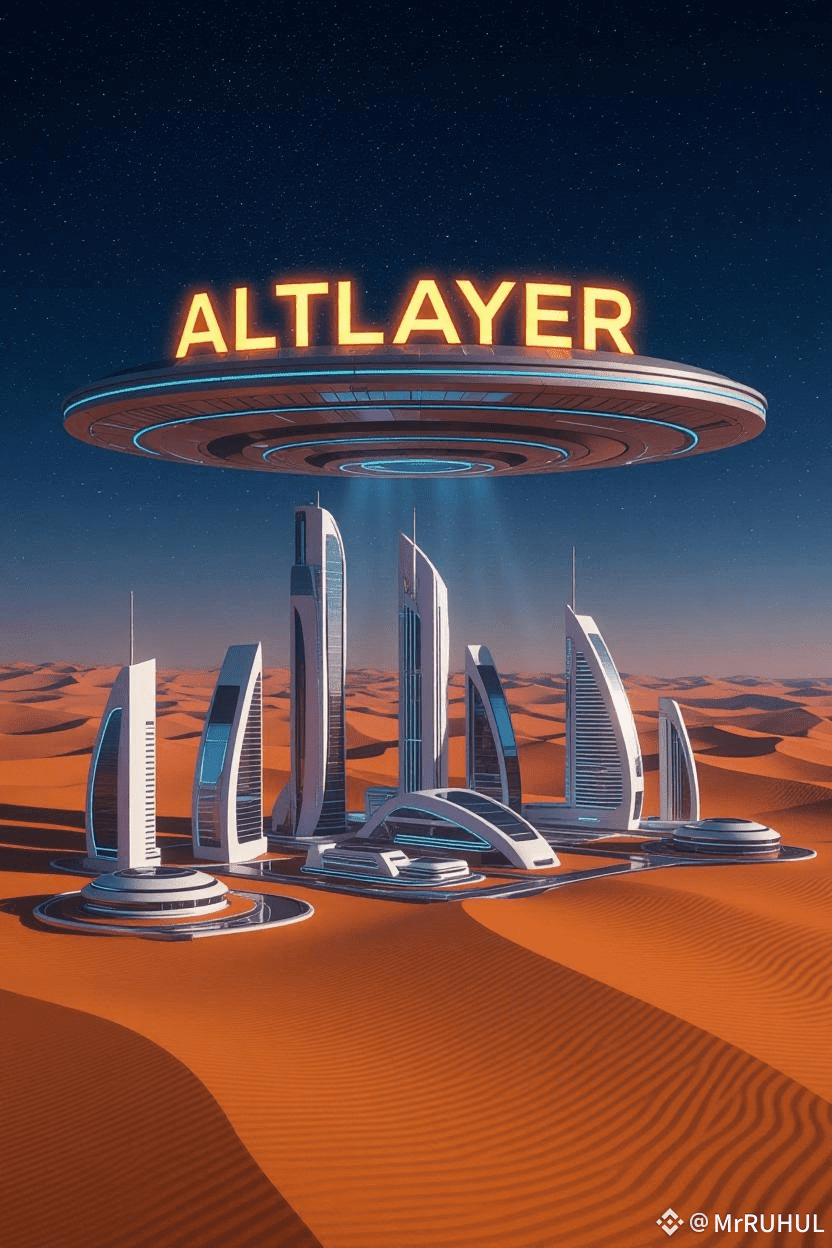
People are beginning to understand how difficult it is to use the monolithic blockchain design, which puts execution, consensus, data availability, and settlement all on one layer.
They are trying to make it better and help it flourish. When modular blockchains come out around 2025, the tale will definitely move on to a better, bigger, and more specialized future. The goal of modular design is to divide work into smaller parts. These jobs are divided up and given to different layers instead of one chain performing everything.
This usually means: Layer of Execution: This is where smart contracts and transactions happen, like with ZK Rollups or Optimistic Rollups. Layer of Consensus and Settlement: This is the safe base layer that collects transactions. It also finishes off batches of transactions that the execution layers have already worked on. This layer is different from the others and makes sure that everyone can see transaction data. This is highly important for safety and trust.
This design change has a lot of good things about it, which is why it's so popular in 2025. First of all, it can grow in ways that no one has ever seen before. The first L1s and other important chains need to figure out how to solve the "blockchain trilemma." They need to figure out how to make security, decentralization, and scalability all work together. This difficulty is solved via modular chains. Dedicated layers can manage thousands of transactions per second without losing the security that comes from the strong foundation layer by being in charge of doing them. Second, it helps people stay on task and come up with new ideas. It's best to focus on one thing, just like in modern software development. Every team is better than any other team at making one part of a modular system better. One initiative can make it the safest location to communicate information, while another can make it the best place to play games or buy and sell equities fast. This produces a "app-chain" ecosystem that is dynamic and can work with other networks. Each app-chain is made for a certain goal. More and more things are working together. A modular universe lets different levels of execution agree and form a layer that makes it easy to find data. It is quite hard to move data and assets across different rollups and apps in the crypto realm. This makes it easy. Finally, you should think about how much it will cost. Putting data availability on a separate, optimized layer costs a lot of money, but it makes transactions significantly cheaper for the people who buy them.
This is really important for obtaining the next billion customers, allowing IoT devices talk to each other, and helping people make money from their content. Moving to modular blockchains is more than just a small change; it also impacts how the architecture works. It shows that the goal has changed from building one powerful computer to building a well-organized, efficient, and specialized global computing network. More and more people will want to work on projects like Celestia, EigenLayer, and a new wave of modular L2s by 2025. This design will likely be the basis for the next generation of decentralized apps that are simple to use and can grow.@rumour.app #traderumour $ALT

